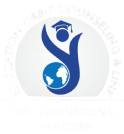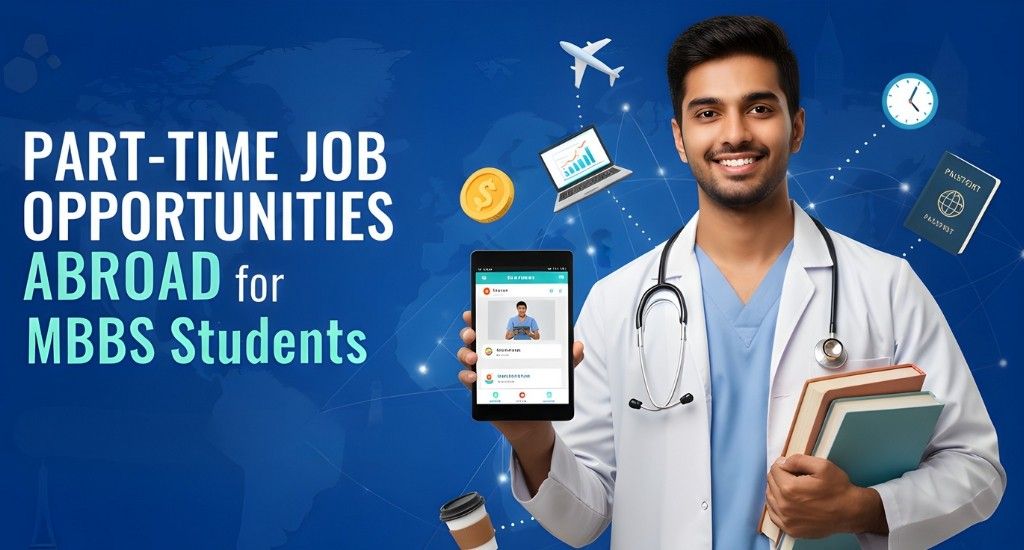This popularity has significantly increased over the past decade, especially after the introduction of the NEET Exam in 2016-17 and fee hikes at private medical colleges in India. For instance, Russia alone saw the number of Indian MBBS students rise from about 13,000 in 2019 to nearly 20,000 in 2023. After 2017, with the NEET Exam becoming compulsory even for abroad admissions, the migration rose further.
MBBS Abroad Fees and ROI Analysis
One of the primary reasons for the MBBS abroad migration is the vast difference in fees between an Indian private MBBS education and an MBBS abroad degree. Someone spending 20 Lakh Rupees in, say, Russia or Georgia has a much lighter financial strain to recover.
Over a 5-10 year post-graduation career, the MBBS abroad ROI (Return on Investment) explained for Indian students 2026 is much better, assuming they pass the licensing tests. Beyond fees, students and parents often analyze the quality of education and practical exposure provided by foreign medical colleges.
Real-World Experience with MBBS Abroad
However, each country and university has very different levels of practical exposure. The institutions in countries such as China, Russia, Bangladesh, and others are linked to large government hospitals that cater to the local population, exposing them to a diverse range of cases. Indian students report seeing challenging cases and state-of-the-art medical procedures during their clinical rotation. For instance, thousands of Indian students in different batches attend most Russian medical schools, which have strong clinical facilities and promote a welcoming community while offering bilingual support for patient exposure. Emerging MBBS abroad destinations, such as Georgia, Kazakhstan, or Uzbekistan, have been investing in enhancing their medical training facilities, with some colleges providing internships in multi-specialty hospitals and even a chance to do electives in other countries.
Quality Differs Among Colleges and Countries
Why do so many Indian Students Prefer
Pursuing an MBBS abroad is much affordable than in private medical colleges in India. Most Indian colleges demand 1 Crore Rupees or more, something a middle-class student just cannot afford. But abroad, students can complete their MBBS course in 20 to 30 Lakh Rupees, and there is no need for donation or capitation fee. Admissions are mostly based on the student’s NEET qualification and basic eligibility, with no hidden fees.
English medium learning helps with the FMGE Exam and the USMLE Exam. Even in countries such as Nepal and Bangladesh, most lectures are in English. Some students find Physics and Chemistry difficult in the NEET Exam. Most students wish to explore the world, stay in a different culture, and get global exposure.
Education Orbit Counseling & Link
Established by Vipul Bhardwaj, Education Orbit Counseling & Link was founded with a vision to provide MBBS abroad opportunities in Russia. Catering to the requirements of Indian students worldwide, we try to provide a warm and welcoming atmosphere, along with authentic Indian food, ensuring a homely environment for our students. By providing high-quality and affordable MBBS courses abroad, we are committed to helping Indian students achieve their dreams of becoming medical professionals. Call today.






